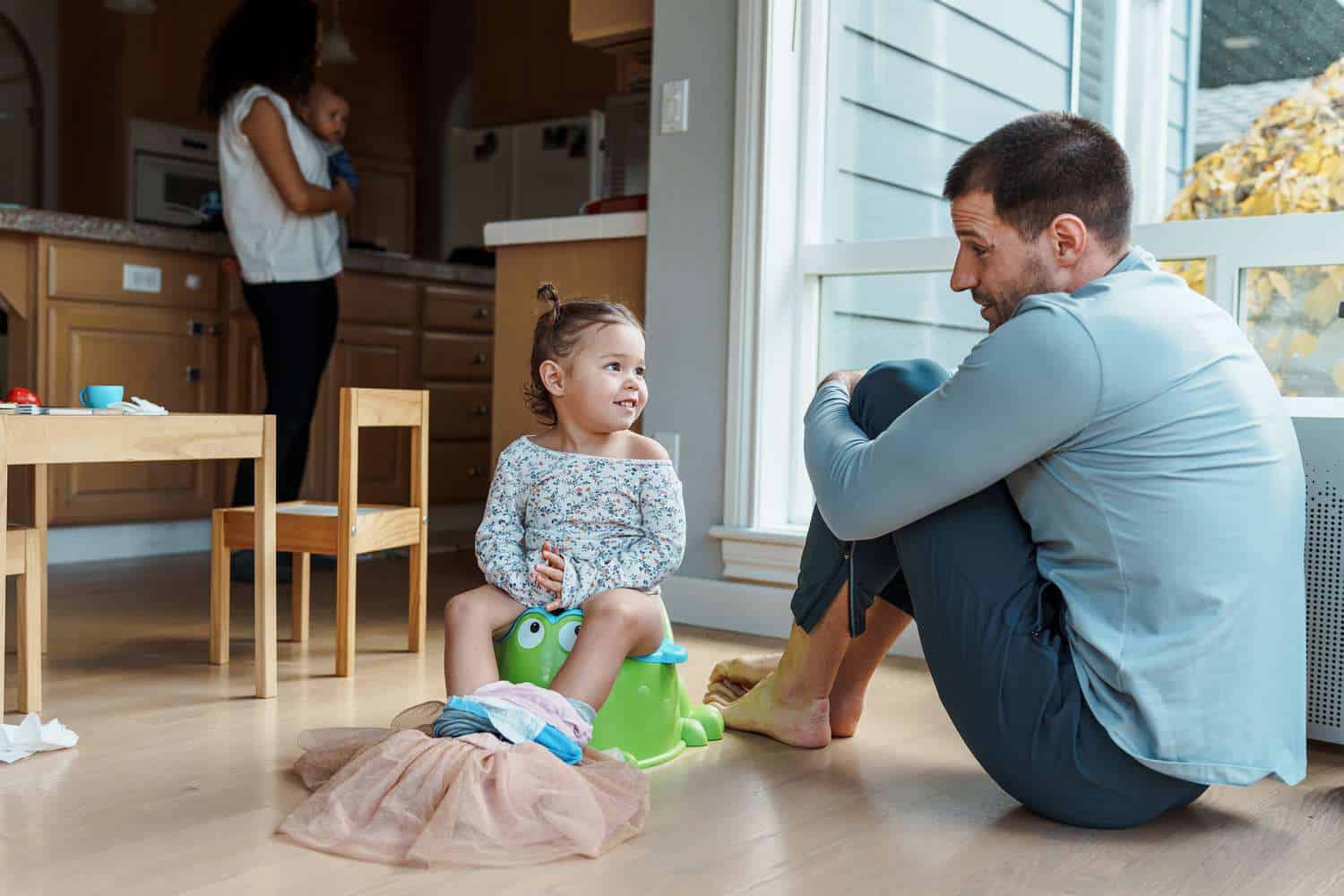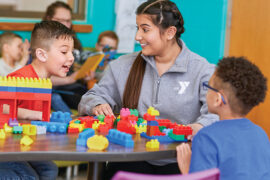Ultimate Guide to Toilet Training: Paving the Way for Potty Success!
Hey there, incredible parents and guardians! Are you gearing up for one of the most significant milestones in your little one’s development? That’s right, we’re talking about toilet training – a journey from diapers to the proud use of the potty. And guess what? You’re not alone! This comprehensive guide is designed to support and walk you through various toilet training methods that have been tried and tested by parents just like you. So, let’s dive into the world of becoming diaper-free with a sprinkle of patience and a whole lot of love!
Understanding the Basics of Toilet Training
Before we talk tactics, it’s vital to understand the basics. Toilet training, or potty training, is the process of teaching your child to recognize their body’s signals for urination and bowel movements and use the toilet independently. Remember, every child is unique, and there’s no one-size-fits-all approach here. It’s about finding what works best for you and your toddler and adapting as you go along. Ready to embark on this adventure together? Let’s get started!
When to Start Toilet Training
Timing is everything when it comes to potty training. Most children show signs of readiness between 18 and 24 months, but some might be ready earlier or later. Look out for these cues:
- Consistent dry periods or dry nappies after naps
- Increased interest in the bathroom or in watching others use the toilet
- Dislikes being in a wet or dirty nappy
- Can follow simple instructions
- Has the physical ability to sit on and rise from a potty
If you’re nodding along to these signs, it might be the perfect time to start your toilet training journey!
Choosing the Right Equipment
In the land of toilet training, potties and seat reducers are your trusty sidekicks. Whether you choose a standalone potty or a seat that fits on your toilet, the goal is to ensure your kiddo feels secure and comfortable. Some children prefer a small potty that allows their feet to touch the ground, while others might feel more grown-up with a seat reducer. Try different options and let your child have a say – after all, they are the ones using it!
Positive Reinforcement
Encouragement and positivity are the secret ingredients to making toilet training a success. Positive reinforcement can come in many forms, from verbal praise to reward charts or stickers for successful potty visits. The key is to celebrate victories and offer reassurance and understanding when accidents happen – because they will. Stay cool, calm, and collected, and your little one will too.
Consistency Is Key
Like most routines, consistency leads to results. Make regular trips to the potty a part of your child’s daily schedule. Start by taking them every two hours, first thing in the morning, after meals and snacks, and before bedtime. You’ll soon start noticing patterns in their bathroom habits, which can help you tailor the schedule even further.
Now that we’ve set the scene for what’s ahead, it’s time to explore different toilet training methods that might just be the perfect fit for your family. Are you ready to say a cheerful goodbye to diapers? Keep reading to uncover the secrets to mastering the potty with your little one – it’s going to be a rewarding ride!

5 Essential Preparations for Successful Toilet Training
Toilet training is a big step, and it’s always helpful to feel prepared. Here are five essential things you should know as you prepare for toilet training with your little one:
1. Patience is Your Best Friend
Understand that toilet training is a process, and like all processes involving toddlers, patience is key. Every child has their own pace, and it’s important to go into this experience without rigid expectations. Prepare yourself for a marathon, not a sprint, and remember that the end goal is helping your child become comfortable and independent when nature calls.
2. Prepare the Environment
Creating a welcoming and child-friendly bathroom environment can help make the transition easier. A step stool for reaching the sink, a small potty chair, or a special seat for the toilet can empower your little one to feel more in control. Also, stocking up on easy-to-remove clothing can make all the difference in those “gotta go” moments.
3. Communication is Key
Talk to your child about toilet training in a way that they can understand. Use books or videos about potty training to introduce the concept. Answer questions and keep the lines of communication open. It’s important for your child to know that they can approach you with any questions or concerns they may have.
4. Look for Readiness Cues
Keep an eye out for readiness cues (listed above) that signal your child may be ready to start toilet training. Starting too early can be just as counterproductive as starting too late. It’s all about finding that happy middle where your child shows interest and some easy-to-recognize physical signs of readiness.
5. Be Prepared for Backslides
Understand that setbacks are a normal part of toilet training. There may be accidents, and there may be days when your child just doesn’t seem interested. Take these in stride. With support and understanding, your child will get back on track.
Now that you have these preliminary tips at your fingertips, it’s time to delve into the details of toilet training methods. In the upcoming sections, we’ll explore the pros and cons of popular techniques such as the child-oriented approach, intensive potty training, and gentle encouragement, as well as tips to tailor each approach to your child’s individual needs. Keep this guide handy as you ride the waves of potty training together – it’s sure to be an adventure filled with learning, laughter, and lots of little triumphs.
Please remember, this guide is not a replacement for professional advice. If you have concerns or special circumstances, don’t hesitate to reach out to your child’s pediatrician or a child development specialist. Happy potty training!
See more great Things to Do with Kids in New Zealand here. For more information see here
Disclaimer
The articles available via our website provide general information only and we strongly urge readers to exercise caution and conduct their own thorough research and fact-checking. The information presented should not be taken as absolute truth, and, to the maximum extent permitted by law, we will not be held liable for any inaccuracies or errors in the content. It is essential for individuals to independently verify and validate the information before making any decisions or taking any actions based on the articles.




